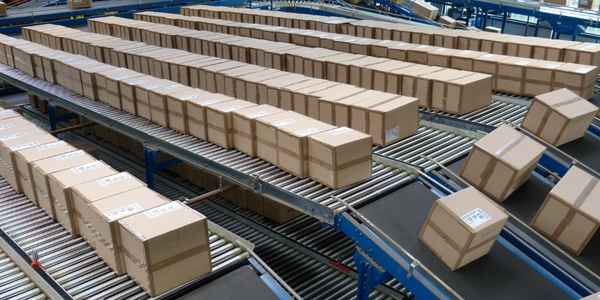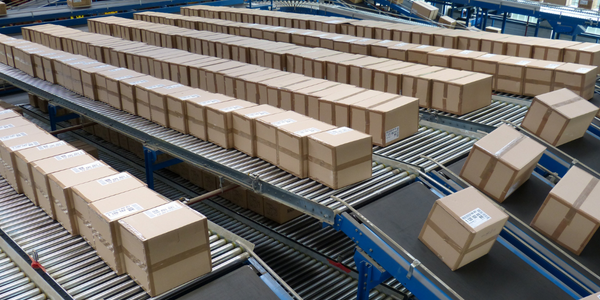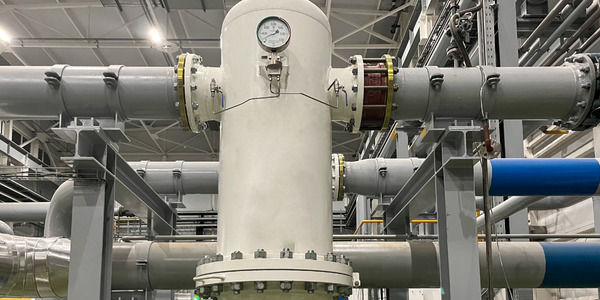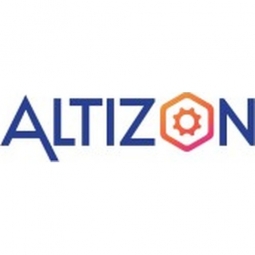
技术
- 分析与建模 - 预测分析
- 分析与建模 - 过程分析
- 传感器 - 压力传感器
适用行业
- 包装
适用功能
- 质量保证
用例
- 机器状态监测
- 质量预测分析
- 根因分析与诊断
客户
未公开
关于客户
一家专门从事包装薄膜生产的领先制造公司实施了 Altizon 的 Datonis Mint,这是一种减少质量下降的智能物联网解决方案。了解 Altizon 的 Datonis MInt – 制造智能解决方案如何提供帮助
挑战
该公司按订单生产或按订单配置生产包装薄膜。从产品特性的角度来看,每个订单都有不同的要求,因此需要相应地调整机器的设置。如果薄膜质量不符合要求的标准,质量下降会影响客户交付,导致客户不满意并导致利润率下降。最大的挑战是找出真正的根本原因并为此制定补救措施。
解决方案
在“包装薄膜”制造过程中,薄膜最终在“卷绕机”机器上向下游卷绕,并在“分切”机器上按订单进行切割。该解决方案需要能够处理历史机器数据并在机器设置和生产输出之间建立所需的相关性。部署的解决方案有助于收集历史性能数据。它使质量团队能够监控关键的机器设置参数,确定它们处于统计控制状态,并最终将过程和机器数据与不同类型的质量故障相关联。该解决方案 (Datonis MInt) 还使用相关分析帮助识别从 30 个参数到 2 个(压力和张力)的关键质量参数。基于收集到的数据建立了一个规范的质量模型,为每个新订单推荐产品配置的机器设置。这有助于减少质量下降并实现可预测的质量。
收集的数据
Process Parameters, Machine Performance, Machine Settings
运营影响
数量效益

Case Study missing?
Start adding your own!
Register with your work email and create a new case study profile for your business.
相关案例.

Case Study
Zenon the Ideal Basis for An Ergonomic HMI
KHS develops and produces machines and equipment for filling and packaging in the drinks industry. Because drinks manufacturing, filling and packaging consist of a number of highly complex processes, the user-friendly and intuitive operation of equipment is increasingly gaining in significance. In order to design these processes as simple as possible for the user, KHS decided to introduce a uniform, transparent and standardized solution to the company. The HMI interface should meet the requirement for people with different qualifications and enable them to work on a standard platform.

Case Study
Sparks Dynamics Assists Atlas Container Secure a $15,000 BGE Energy Rebate
The ReMASTER Compressed Air Monitoring system was installed in 2015. This system is capable of monitoring compressed air system parameters on a continuous basis and transferring that information to a cloud server which can be accessed by Atlas Container personnel, Industrial Diagnostics and Sparks Dynamics. This information was collected into a database which can be exported to an Excel spreadsheet or displayed graphically using Sparks Dynamics ViewMaster Software. The average annual compressed air electricity expense was estimated to be approximately $116,000. This is based on an incremental $/KWh electric rate of $.091 per KWh and an estimated compressed air energy consumption of 1,279,200 KWH. The implementation phase of Energy Conservation Measures (ECMs) for the Compressed Air System included: • Identification and repair of compressed air leaks • Understanding of compressed air usage per manufacturing machine and installation of shut off valves when the machines are no longer in production mode • Identification of misapplications of compressed air to include blow offs, venturis, and cooling scenarios • Understand system pressure requirements and potential installation of point of use pressure regulation.

Case Study
Mondi Implements Statistics-Based Health Monitoring and Predictive Maintenance
The extrusion and other machines at Mondi’s plant are large and complex, measuring up to 50 meters long and 15 meters high. Each machine is controlled by up to five programmable logic controllers (PLCs), which log temperature, pressure, velocity, and other performance parameters from the machine’s sensors. Each machine records 300–400 parameter values every minute, generating 7 gigabytes of data daily.Mondi faced several challenges in using this data for predictive maintenance. First, the plant personnel had limited experience with statistical analysis and machine learning. They needed to evaluate a variety of machine learning approaches to identify which produced the most accurate results for their data. They also needed to develop an application that presented the results clearly and immediately to machine operators. Lastly, they needed to package this application for continuous use in a production environment.

Case Study
Automated Pallet Labeling Solution for SPR Packaging
SPR Packaging, an American supplier of packaging solutions, was in search of an automated pallet labeling solution that could meet their immediate and future needs. They aimed to equip their lines with automatic printer applicators, but also required a solution that could interface with their accounting software. The challenge was to find a system that could read a 2D code on pallets at the stretch wrapper, track the pallet, and flag any pallets with unread barcodes for inspection. The pallets could be single or double stacked, and the system needed to be able to differentiate between the two. SPR Packaging sought a system integrator with extensive experience in advanced printing and tracking solutions to provide a complete traceability system.

Case Study
Industry 4.0 at ALPLA: Enhancing Factory Efficiency with IoT
ALPLA, a global leader in packaging solutions, faced several challenges as the complexity of their production machinery increased. The need for highly trained specialists in each factory led to higher personnel costs, difficulties in recruiting experienced talent at each location, and costly personnel turnover. Furthermore, less experienced operators running the machines sub-optimally impacted resource consumption and overall equipment effectiveness (OEE). ALPLA also faced the challenge of monitoring visual inspection systems in every line of their plants, which was almost impossible to do manually. In 2016, ALPLA decided to use data from the 900 different types of embedded sensors in each factory to address these issues. However, their initial choice of SQL Server as the data store for the sensor data proved inadequate, as it was unable to cope with their data requirements.

Case Study
Closer To Becoming world's Most Digitized Bottling Operation
While digitization is increasing efficiency and significantly growing customer engagement, it also comes with several challenges, not least being the growing risk of cyberattacks.This led the company’s Australian, Pacific and Indonesian operations (CCEP API) to create a three-year roadmap for developing and implementing enhanced security measures. A key element of the plan has been to improve existing privileged access management processes and gain heightened oversight and control over the use of elevated credentials.







